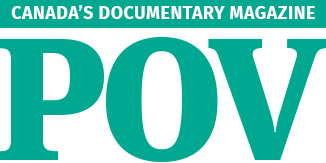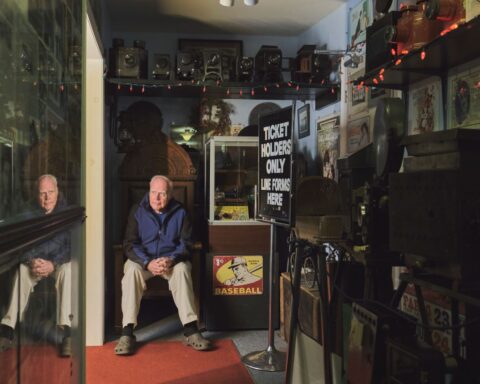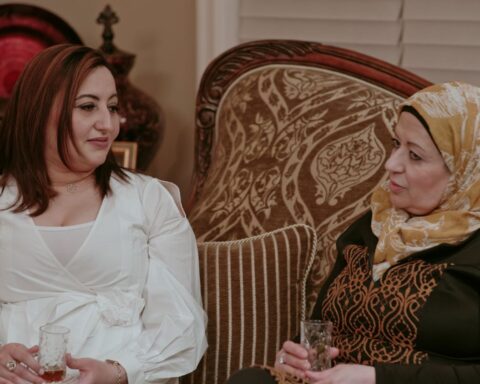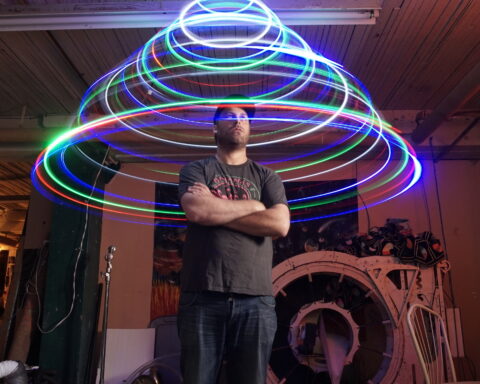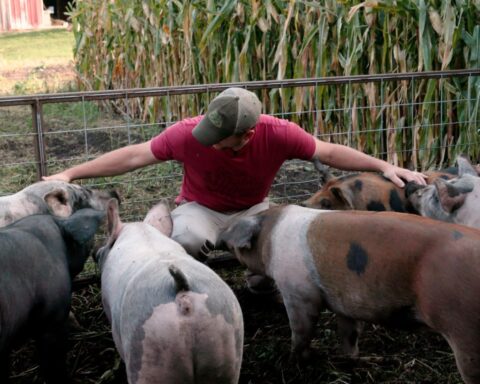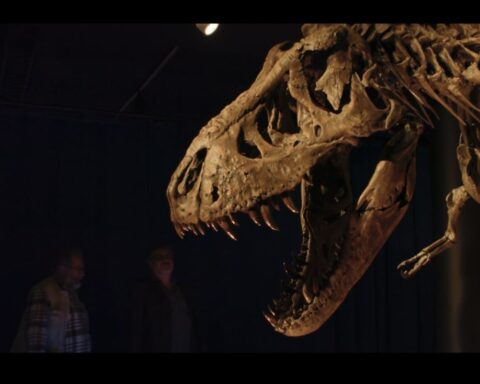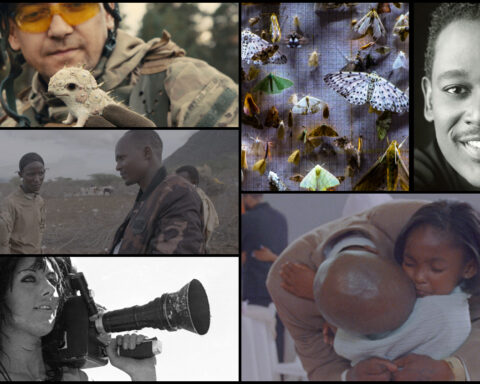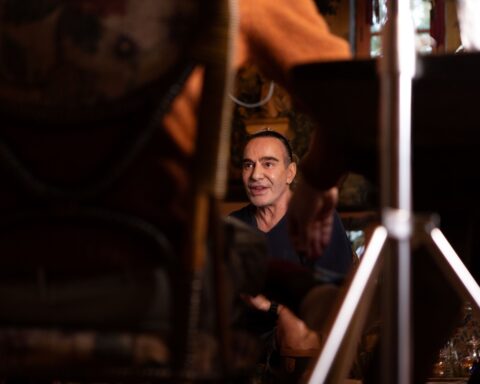Peter Raymont has produced and directed more 100 documentary films and television, which have garnered more than 50 awards. His documentaries often delve into politics and big business with the aim of raising awareness for social justice and human rights. His 2005 documentary feature, Shake Hands with the Devil: The Journey of Roméo Dallaire won the Sundance Film Festival Audience Award and the Emmy Award for Best Documentary. Raymont also has a passion for the arts. A Promise To The Dead (2007), about the Chilean-American writer and activist Ariel Dorfman, and Genius Within: The Inner Life of Glenn Gould (2001) were both short-listed for the Academy Award for Best Documentary. Raymont and his Toronto-based White Pine Pictures production company have created films about Emily Carr, the Group of Seven, Tom Thomson and now Lawren Harris. Where The Universe Sings, The Spiritual Journey of Lawren Harris, which Raymont co-directed with Nancy Lang, had its world premiere at Vancouver International Film Festival. Nancy Lanthier talked to the director about making the film, Harris’s inspiration on him as a filmmaker and ways film can emulate the emotional impact of painting.
NL: Nancy Lanthier for POV magazine
PR: Peter Raymont
NL: Co-director Nancy Lang says, “when we heard Steve Martin was curating a show with Harris’s work, we jumped on the opportunity” to make this film. I’m wondering about everything that inspired you, and, of course, how was it working with the great actor and comedian?
PR: It started with the film we made about Tom Thomson. I’d wanted to make that film from the time when I was a kid going on canoe trips in Algonquin Park, and feeling his spirit. When we showed that film, people said we should do Lawren Harris next. He’s the founder of the Group of Seven; he went through this huge arc, from painting houses in Toronto, to painting icebergs, and then on to abstract work. With that kind of extraordinary arc, he’s a natural subject for a film.
But the way films get made, all sorts of factors come into play. And timing is very important. The fact that Steve Martin was co-curating an exhibition of Harris’s work helped considerably with the funding.
We met Martin briefly, but the interview with him was supplied. It was done by curator Andrew Hunter at the AGO because there was so many requests for his time. It was well done and touched the bases that we needed. He’s there at the beginning explaining why he’s such a fan and a collector of Harris’s work.
People predict that at the next auction of Harris’s paintings, one may go for more than five million dollars—the most ever paid for a Canadian piece of art. I think the increase in value over the last few years has been in part due to the interest of Steve Martin, who has made his work much more known.
I like when, later in the film, Martin asks, ‘was Harris going to continue painting the same things he did before, the mountains and the icebergs?’ And he says, ‘I know it personally: you’re done with it. You need to move on and do other things.’
Of course, Steve Martin has been an actor and a comedian and a banjo player and an art curator. Like Harris, he’s very much a renaissance man, someone who wants to find all the wonderful things that life has to offer and not stay in one place.
NL: The film portrays Harris as an inspired man. Did his artistic and spiritual philosophy influence you while making this film?
PR: I think we all try in some way to find that spiritual place. I lost my wife 10 years ago to breast cancer, and I’ve lost several close friends in the last few years. The more you feel own mortality coming towards you, the more you seek that spiritual peace. I’ve always done it by going on canoe trips, and by getting into the wilderness, and climbing mountains and getting away from the noise of the urban environment. But I’m also doing it more now in the films I make. Exploring Harris’s life and learning of his spiritual quest—and the same with Tom Thomson and with Glenn Gould, who was also very much a spiritual seeker—is a useful way to grow for a filmmaker. And the films also have a powerful impact on viewers; so they seem to work for other people as well as being therapeutic for ourselves.
NL: In what ways did Lawren Harris’s paintings inspire the project?
PR: In practical terms, we found the precise locations where Harris made many of his paintings: in Cape Breton, Algonquin Park, New Hampshire and the Rockies. We hiked two and half hours up Mt. LeFroy, and found the exact spot where Lawren Harris sat and did that iconic painting. Finding these locations is really valuable; it helps the viewer feel the spirit of the place, a spirit that obviously Lawren Harris felt when he was there.
Also Nancy Lang is a professional painter. She did some of the paintings we used in the film. So you see the actor Ben Low painting Mt. LeFroy in various stages: Sketched first, then painted in the field, then painted again on a big canvas back in Toronto where Harris had a studio. We re-enacted the creation of that huge canvas right from the beginning. And at Maligne Lake, in the Rockies, you see him sketching with a pencil—Nancy re-created those pencil sketches. I think it’s really useful for audiences to see the process of how a creator creates. We tried to do that with our Glenn Gould film as well—to take the viewer inside the head of a creator.
NL: When you saw all that Harris could do with paint, did it make you realise the limitations of film or, perhaps, the endless possibilities of it?
PR: I don’t feel the limitations of film at all! In fact, we found this very much when we made the Tom Thomson film, as well: a really close scan of brush strokes projected on a movie screen that’s huge gets you much closer to the work physically and emotionally than you can get by just standing in an art gallery or looking at a picture in a book. And then, when you add the sound of that place where it was painted, and the music and voice-over and all the other ingredients that go into making a film, it becomes a very emotional experience.
So I don’t see the limitations of film when dealing with art at all. The other way around, actually. By being able to weave in photos and archival footage from the time, and music, sound effects, extreme close ups, recreations of the making of the paintings, I think you’re actually enlarging the emotional impact of the painting.
NL: Harris and the Group of Seven strived to create a Canadian identity through painting. Do you strive to do the same through film?
PR: There was a great debate among people who decide policy on what is Canadian film and therefore what should be funded with public financing. And myself and others agued very strongly that a Canadian film doesn’t have to be shot in Canada, it doesn’t have to have Canadian characters or subject matter. As long as it’s made by a Canadian—and therefore has a Canadian sensibility to it—then it’s a Canadian film. Institutions have accepted that now.
The Canadian sensibility is many things. We’re a vast country with many different types of people. This richness through diversity is one of the strengths of Canada.
But it’s also a type of filmmaking, and a type of writing, and artwork, that gets beneath the surface. It looks for the subtext and the hidden meanings, the other meanings.
I think it’s also a sense of the land—an appreciation and respect for nature, because we have so much of it, and a lot of it is still in pristine condition, thank God. So, those are aspects of the Canadian personality, the Canadian identity.
I mean, Trudeau said, we’re sleeping with an elephant, or beside this monster, and especially in this election year, it’s so clear how different our country is from the United States. Being just one step outside, and yet so close, allows us to analyse, to appreciate, to have a perspective on the world, the American world, that’s a step outside, which is very useful.

